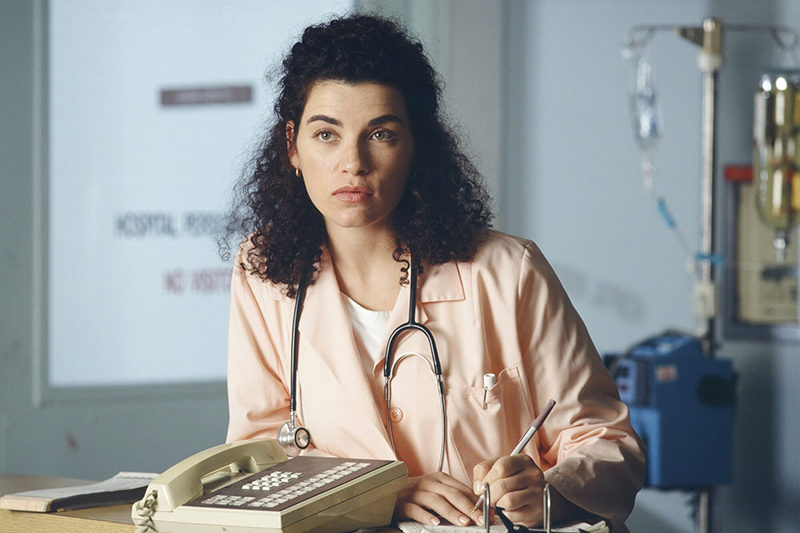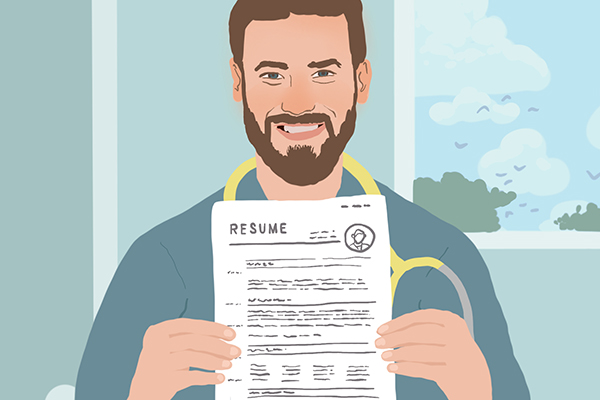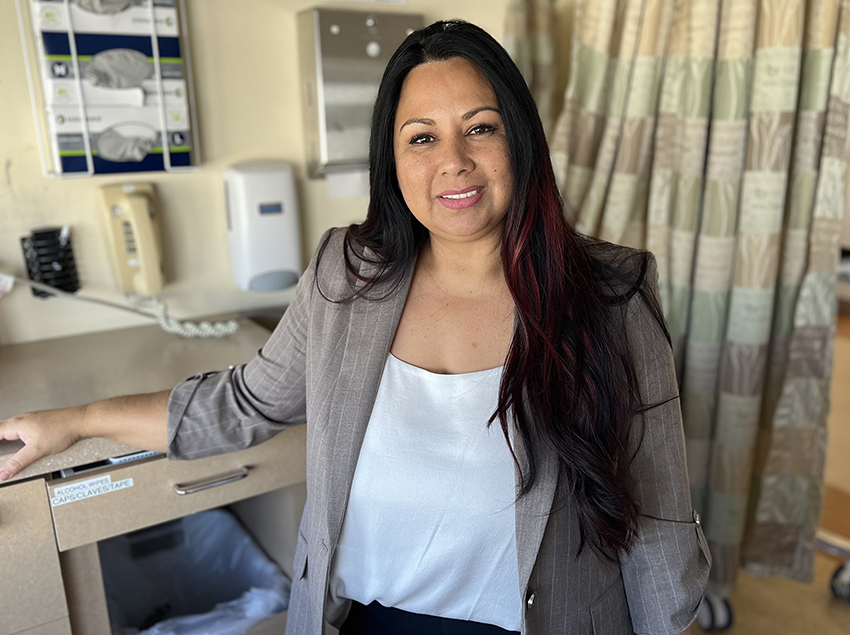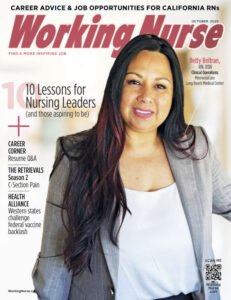Movie & TV Nurses
Life in the “ER”
Revisiting the long-running medical drama

I used to think that binge-watching television was for slackers who had nothing better to do with their time. Two years of social isolation, however, has led me to discover the joy of rewatching a show I’d loved, especially now that I can see it without commercial interruptions and watch multiple episodes in succession.
That’s how I found myself enjoying afternoons with “ER” on the HBO Max platform.
Award-Winning Drama
Until “Game of Thrones” came along, “ER” held the record for the most Emmy nominations of any TV show in history: 123 during its 15-year run on NBC, which began in 1994. Created by writer Michael Crichton, it had the snappy, fast-paced, medical-insider dialogue we all love.
Many of the original cast members, including George Clooney and Julianne Margulies, went on to greater fame. “ER” even garnered a George Foster Peabody Award, given to shows that are “powerful and enlightening.”
The show’s writers visited local ERs looking for interesting cases to incorporate into their scripts; many of the plotlines that seem far-fetched are actually true. Each episode includes several diagnoses or medical procedures, so, like all nurses watching medical shows, part of the fun for me is to figure things out before the characters do.
The Carol Hathaway Saga
I always watch medical shows with a critical eye for the way that nurses are portrayed. The most prominent nurse character on “ER” is nurse manager Carol Hathaway (Julianna Margulies), who at first seems to be completely unflappable. She never rushes, always has whatever she needs in the pockets of her jacket and is able to jump into a code without hesitation. Generally, her work is unimpeachable, and she is beloved by her staff.
We soon realize, however, that her personal life is falling apart. Spoiler alert: Before the end of the first episode, Hathaway becomes a patient in her own ER after attempting to commit suicide with an overdose of barbiturates, which she’s been diverting from patients.










